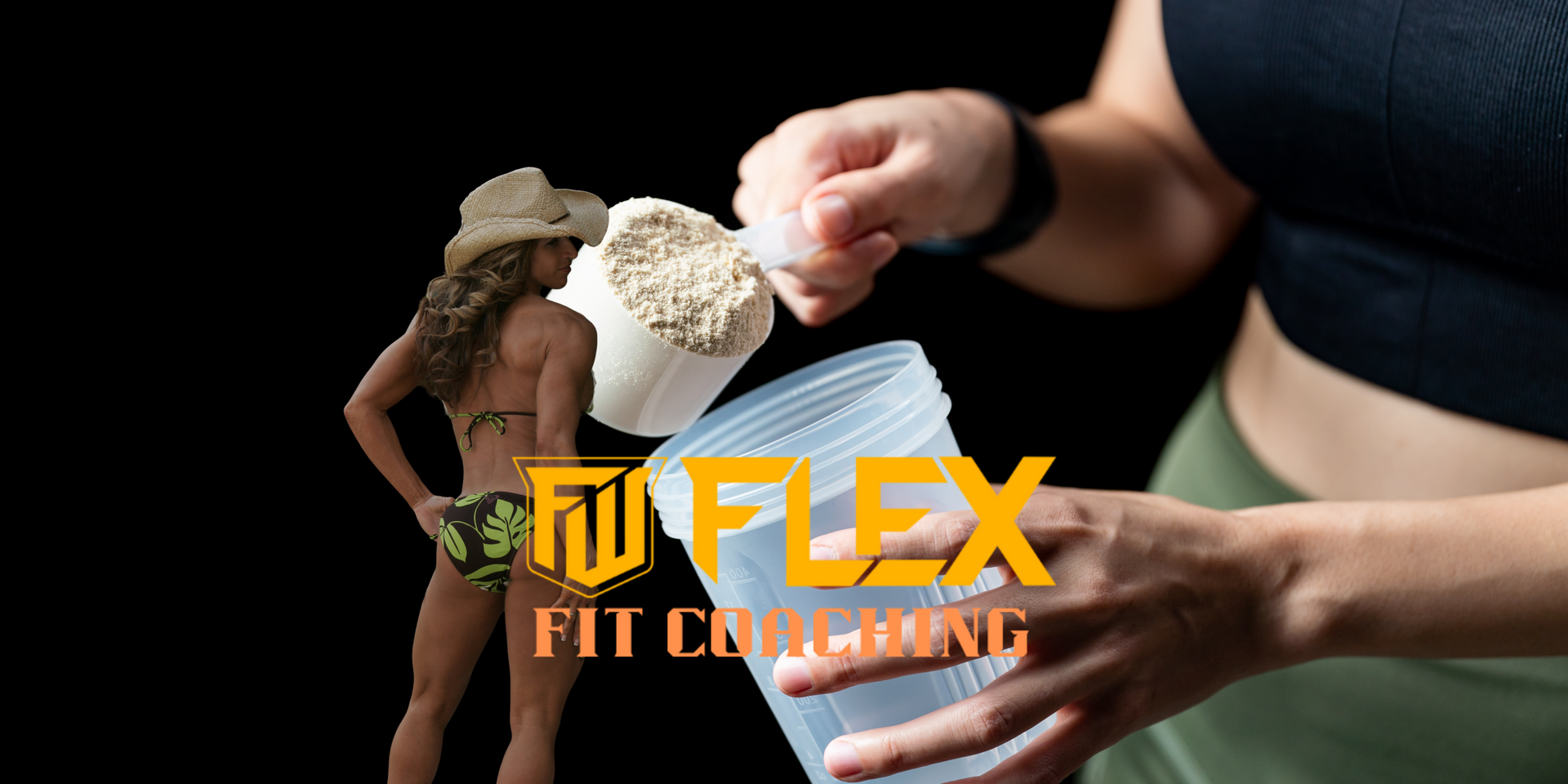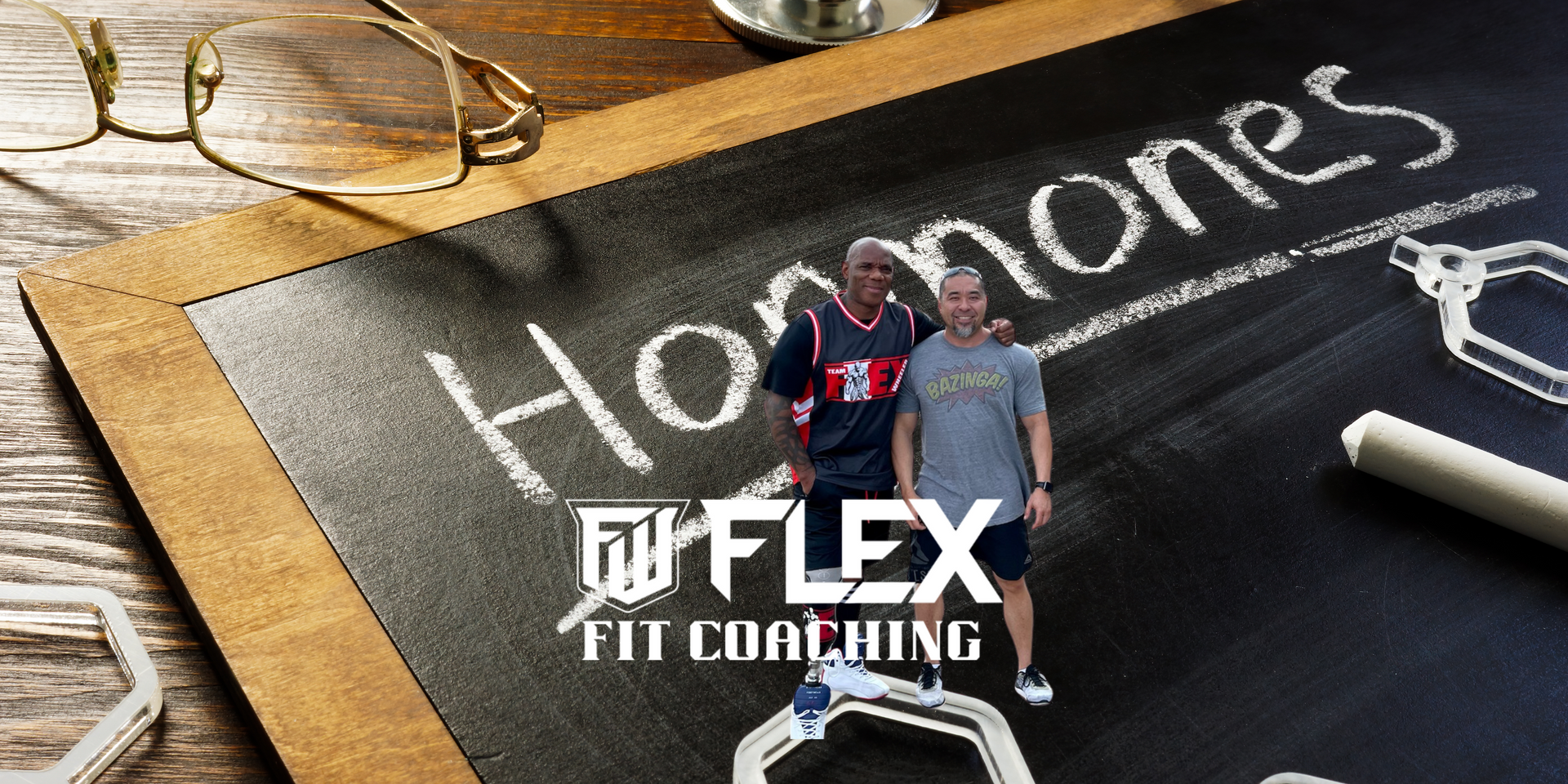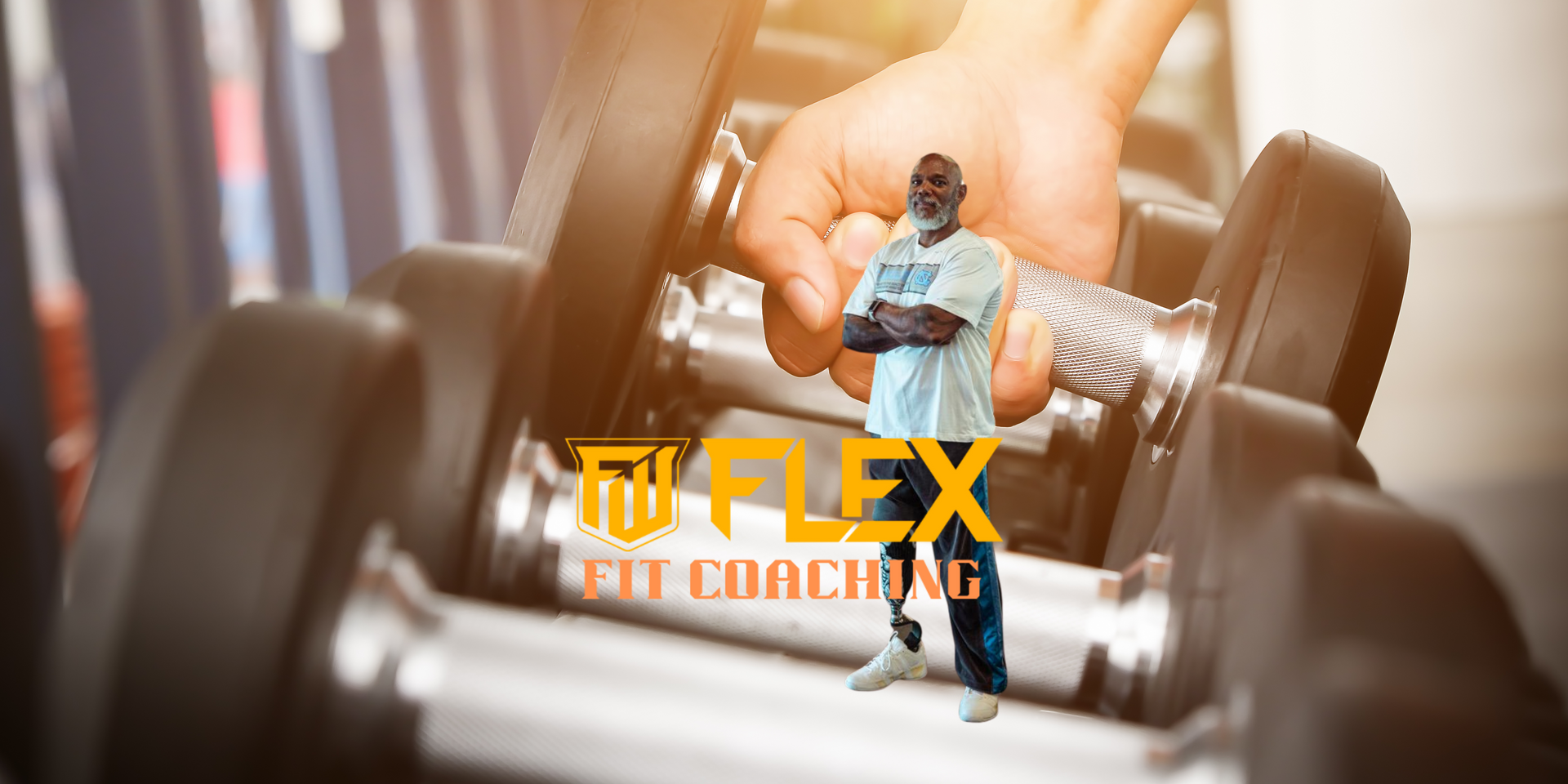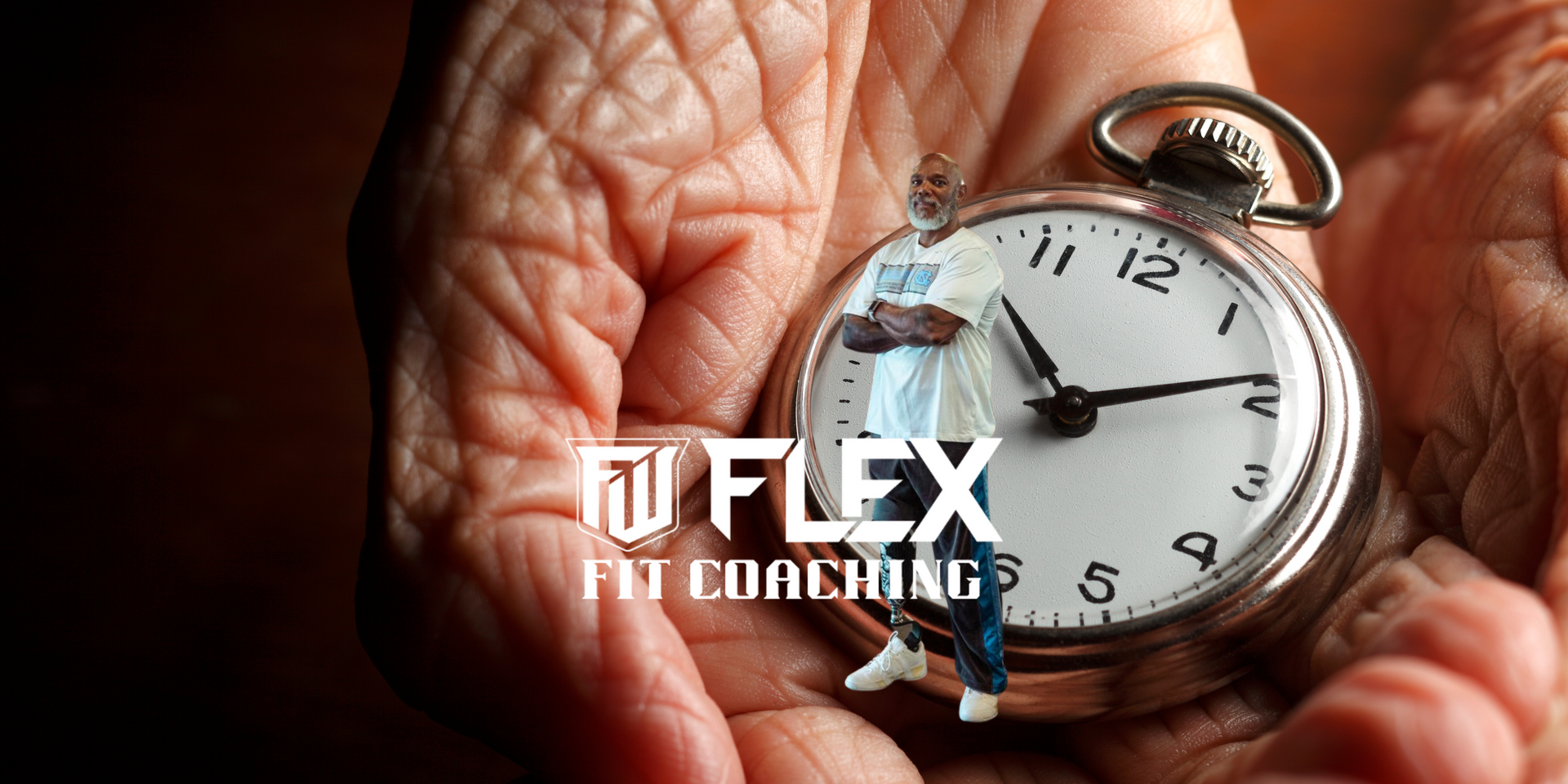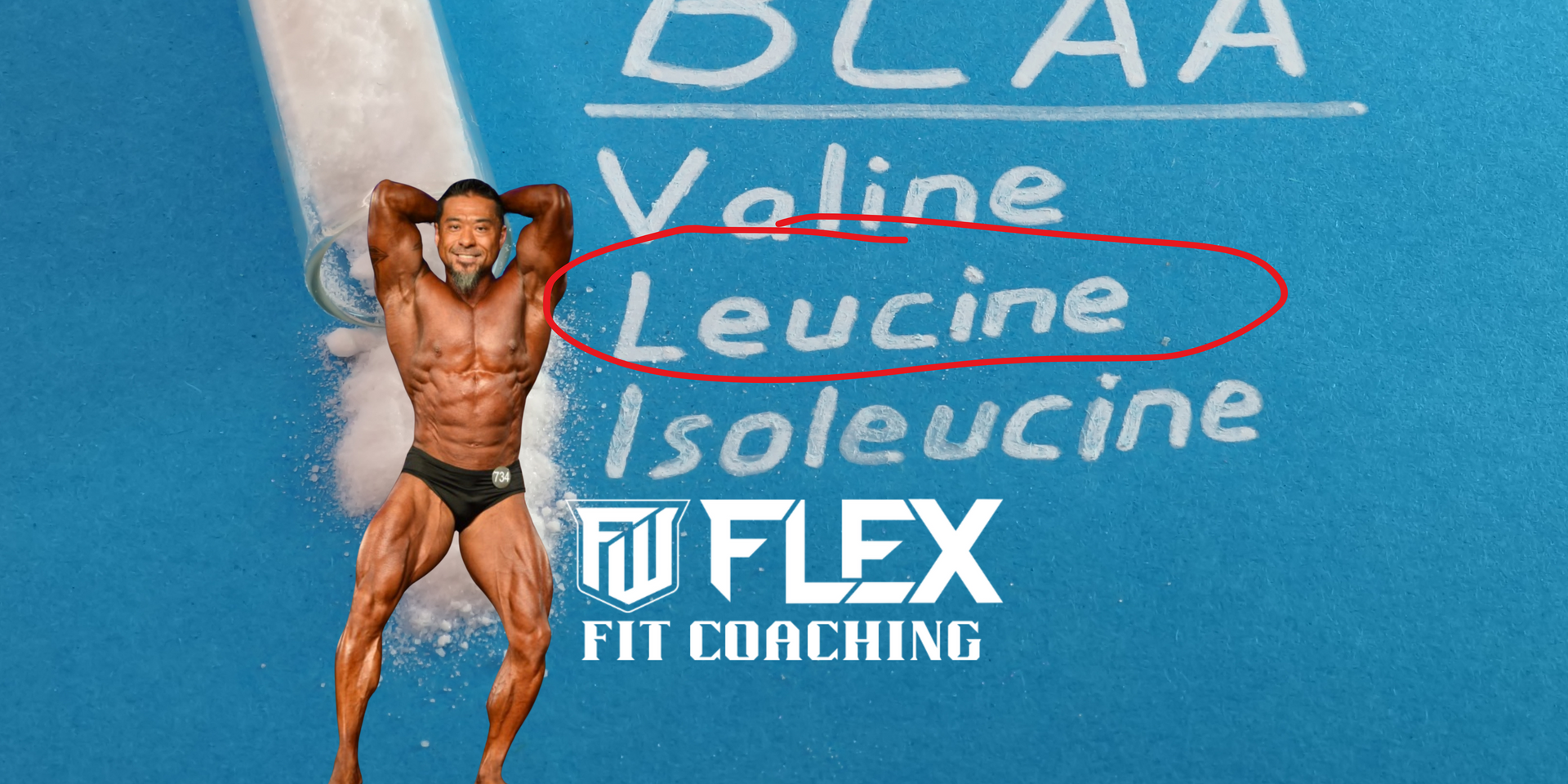Strength Is Key as You Age!
Muscle and Longevity: Why Strength Is the Cornerstone of a Long, High-Quality Life
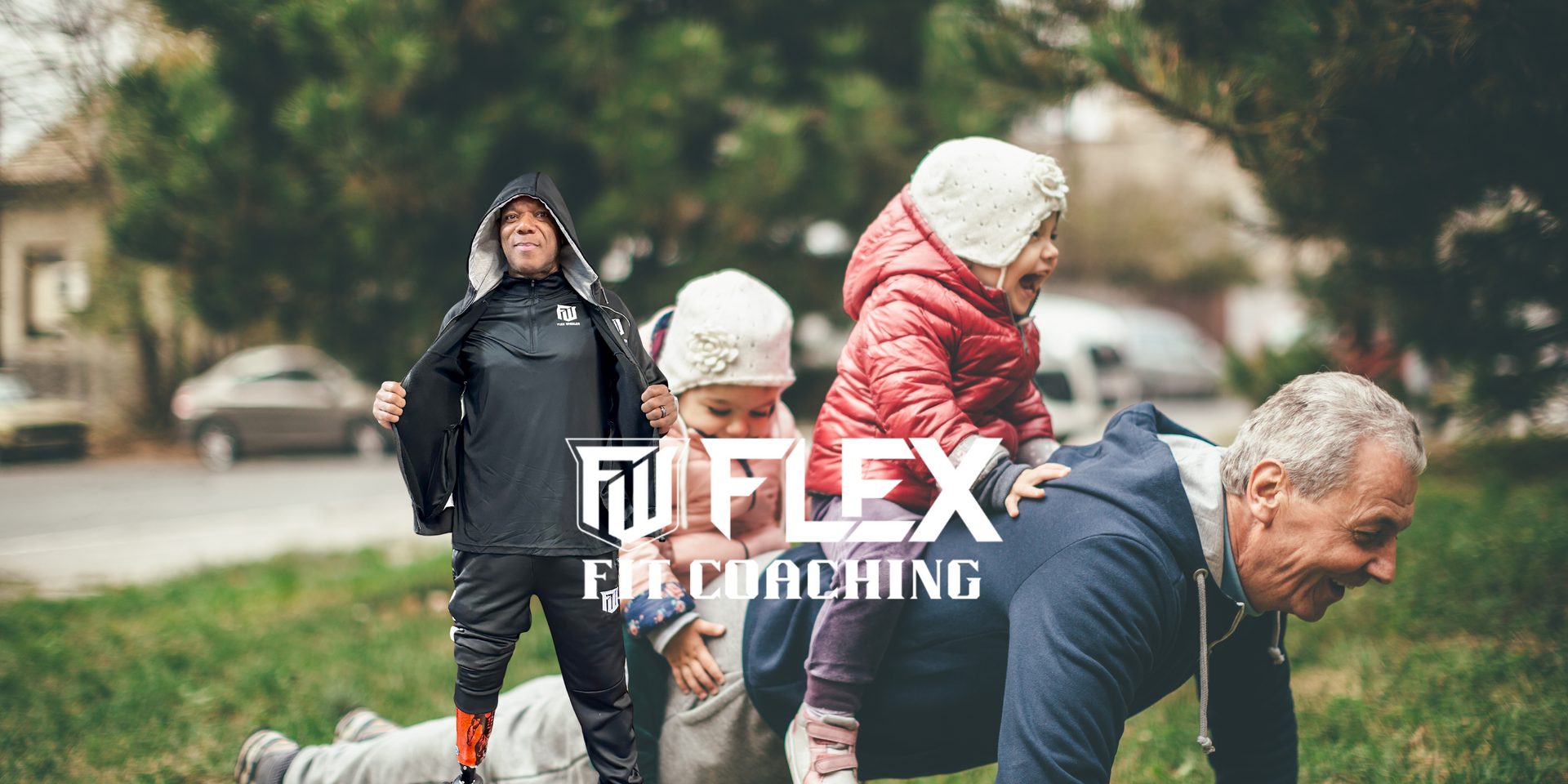
Muscle and Longevity: Why Strength Is the Cornerstone of a Long, High-Quality Life
As I get older, I find myself diving deeper into longevity studies—not just the length of life, but the quality of it. It’s one thing to live a long life, but quite another to live it well: mobile, independent, and thriving. The more I read, the more one truth stands out above the rest—muscular strength is one of the most powerful predictors of both how long we live and how well we live.
This isn’t just gym bro talk. It’s backed by science.
Strength = Longevity
A 2018 study published in BMJ found that higher handgrip strength was significantly associated with a reduced risk of all-cause mortality, cardiovascular disease, and even cancer. Handgrip strength may seem like a small thing, but it's a solid proxy for overall muscle strength in large population studies.
In another long-term study from The Lancet, researchers followed over 140,000 individuals across 17 countries and found that low muscular strength was independently associated with premature mortality and cardiovascular events—even after adjusting for age, physical activity, and other health markers.
In simple terms: the stronger you are, the longer—and better—you’re likely to live.
Strength = Quality of Life
Beyond just living longer, strength influences the quality of those extra years. Sarcopenia, the age-related loss of muscle mass and strength, is a major contributor to falls, fractures, and loss of independence in older adults. Preventing or reversing this through resistance training can be a game changer.
A meta-analysis in the Journal of the American Medical Directors Association showed that resistance training improves not only muscle strength, but also functional mobility, cognitive performance, and even mood in older adults.
What This Means for You
If you're building an exercise program and your primary goal is living a longer, better life, then strength training shouldn't just be included—it should be the foundation.
This doesn’t mean you need to train like a powerlifter. It means incorporating regular, progressive resistance training into your life in a way that builds and maintains muscle mass, joint integrity, and functional strength.
Think:
- Compound movements like squats, deadlifts, and rows
- Bodyweight exercises like push-ups, pull-ups, and lunges
Final Thoughts
We often think of longevity in terms of diet, sleep, and stress—all of which are crucial. But muscular strength is emerging as one of the most controllable, measurable, and impactful predictors of how long and how well we live.
So if you're planning your week, your training, or even your future—make strength a priority. It's not just about aesthetics or performance anymore. It's about building a body that will carry you powerfully into the years ahead.
Coach Flex
Referenced Studies
- Celis-Morales, C.A., et al. (2018). Associations of grip strength with cardiovascular, respiratory, and cancer outcomes and all cause mortality: prospective cohort study of half a million UK Biobank participants. BMJ, 361:k1651.
- Leong, D.P., et al. (2015). Prognostic value of grip strength: findings from the Prospective Urban Rural Epidemiology (PURE) study. The Lancet, 386(9990), 266–273.
- Liu, C.J., & Latham, N.K. (2017). Progressive resistance strength training for improving physical function in older adults. Journal of the American Medical Directors Association, 18(5), 452.e1–452.e16.
